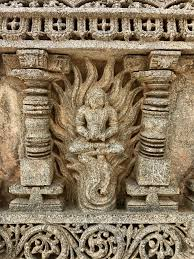
Disturbing research on 6 decades, 50 films of Bollywood from IIM-A professor: "In nearly 78% of the movies promiscuous women had a Christian name; 58% of the corrupt politicians in films had a Hindu brahmin last name; and, 62% of the corrupt businessman had a vaishya last name.
"Eighty-four of the Muslims in films were shown as strongly religious and honest (even when they are shown in the film as engaged in crime) and 88% of the films presented kshatriya last-name individuals to be courageous. Nearly, 74% of the films presented Sikhs as laughable.
"In addition, we examined 20 Bollywood movies that had Pakistan as the setting. In 18 of those films, Pakistanis were projected as welcoming, courteous, open-minded and courageous.
"On the contrary, the Pakistan government was demonstrated as fundamentalist, unwelcoming, and jingoist. However, in the same movie, Indians were largely projected as narrow-minded, unwelcoming, and conservative.
"Indian government officials were however largely shown as neutral, stand offish, procedure-oriented and indecisive. Finally, we presented the religion-wise and caste-wise description presented in Bollywood films to 150 school students.
"It was found that 94% felt that stereotypical representations were authentic."
This is the essay that has all the details of the research. hindustantimes.com/editorials/ste… Such stereotypes in a medium as popular as Bollywood has terrible consequences of injecting negative stereotypes in society and should be very critically examined.
• • •
Missing some Tweet in this thread? You can try to
force a refresh







